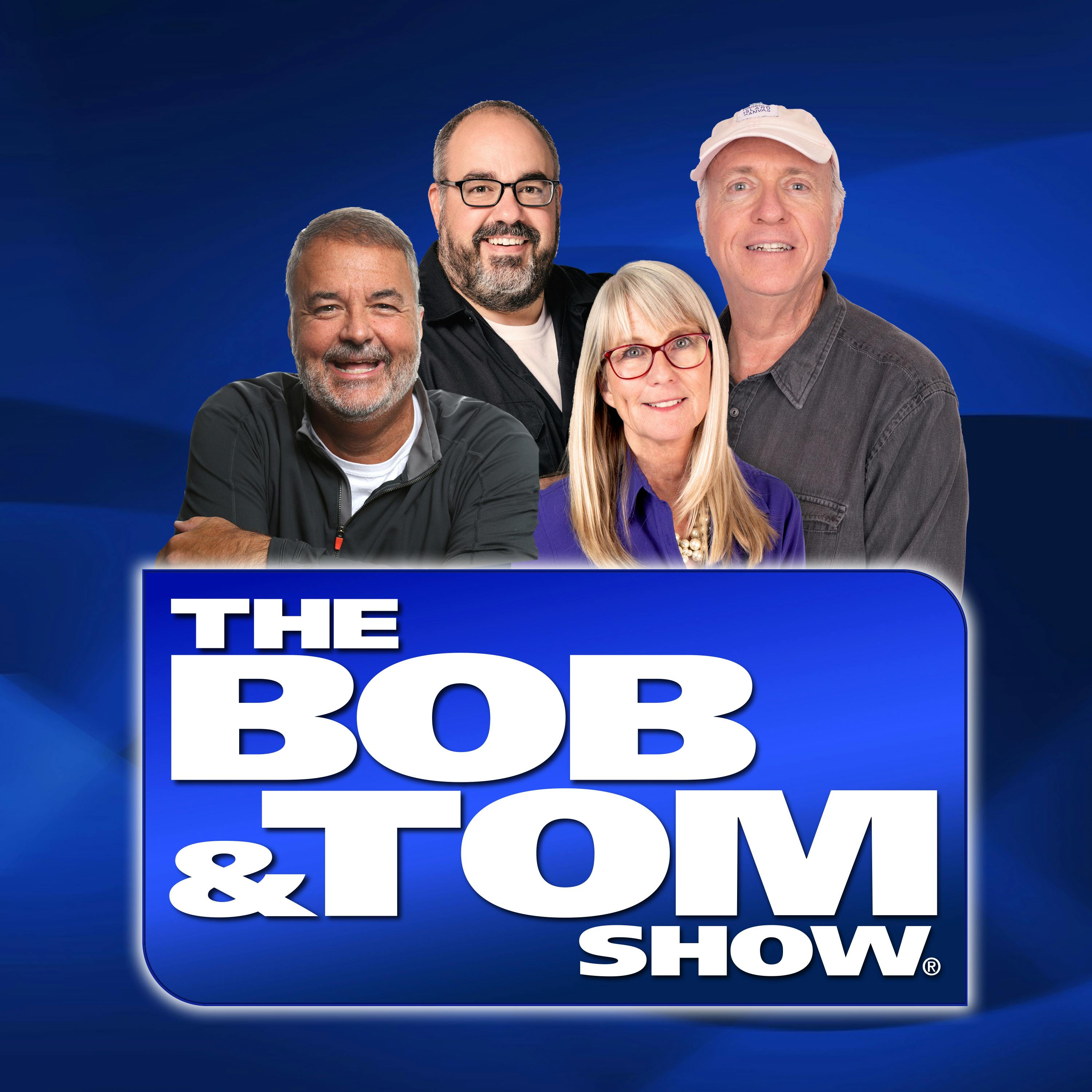The Fast Train Out Of Sydney's Almost Gone
Why a Sydney–Melbourne high-speed rail debate matters for Australian transport policy
Episode focus: The hosts riff on ambitious train concepts — from China’s vacuum-assisted tube proposals to Japan’s maglev experiments — while lampooning Australian planning, funding shortfalls, and the politics that slow transformative infrastructure.
china high-speed tube and vacuum-assisted bullet trains
The conversation unpacks China’s approach to ultra-fast rail: rather than a true vacuum Hyperloop, engineers propose a reduced-air "tube" that lets trains approach 1,000 km/h safely. Hosts compare China’s scale and bridge-heavy solutions (including the Danyang–Kunshan Grand Bridge) to Australia’s far simpler geography between Sydney and Melbourne.
japan’s shinkansen and maglev benchmarks
Japan’s Shinkansen and maglev test runs (operational 500 km/h, tests up to 600 km/h) are used as a benchmark for achievable, democracy-friendly high-speed rail. The episode contrasts Japan’s dense, concrete-dominated corridors and pragmatic construction culture with Australia’s planning constraints.
practical funding ideas and policy satire
The hosts propose cheeky funding schemes — onboard pokies, pachinko-inspired games, Olympics-driven contributions, or even offshore routes with wind turbines — as satirical solutions to pay for a fast rail connection. These suggestions highlight real questions: how to align public appetite, regulation, and private financing for long-distance rail.
key takeaways for transport planners and curious listeners
- Bold infrastructure requires political will, clear governance, and coherent funding models.
- Technical choices (maglev, reduced-air tubes, conventional high-speed rail) balance speed, cost, and environmental impacts.
- Comparative lessons from China and Japan show different trade-offs between speed of delivery and community consultation.
Whether you’re interested in long-distance bullet trains, the logistics of building over deltas and coastlines, or unconventional revenue models for public transport, this episode uses humor and international comparisons to surface real planning issues. The hosts mix aviation comparisons, engineering facts, and satirical funding pitches to provoke a broader conversation about whether Australia should aim for a 90–120 minute Sydney–Melbourne trip — and what it would cost in governance trade-offs and creative financing.




